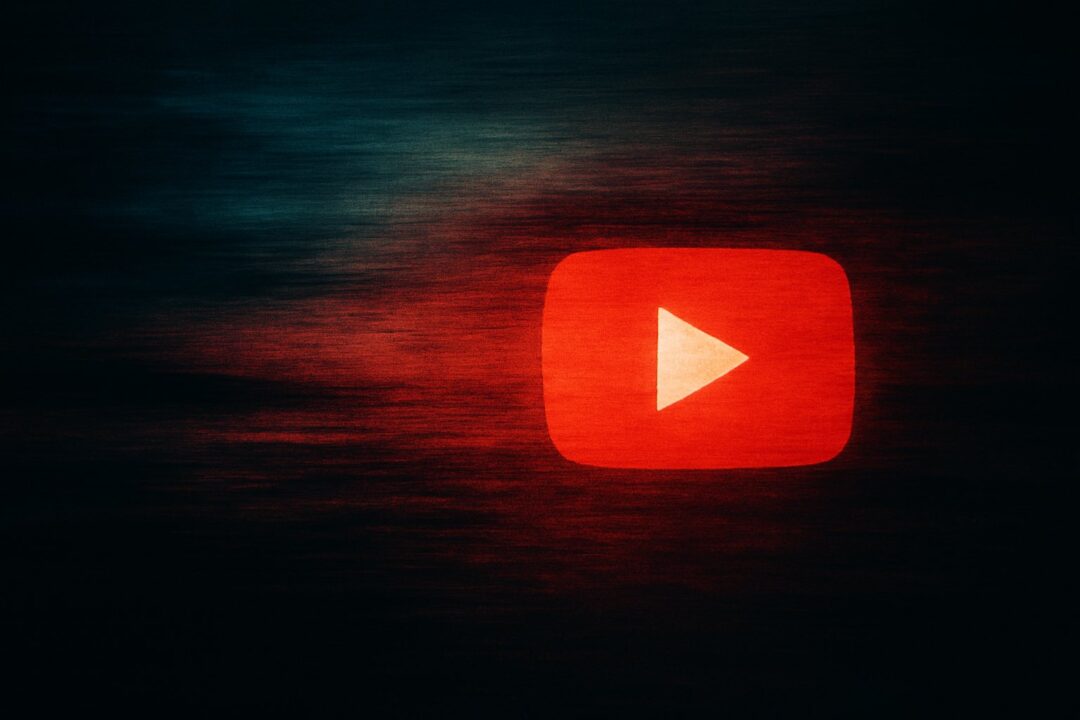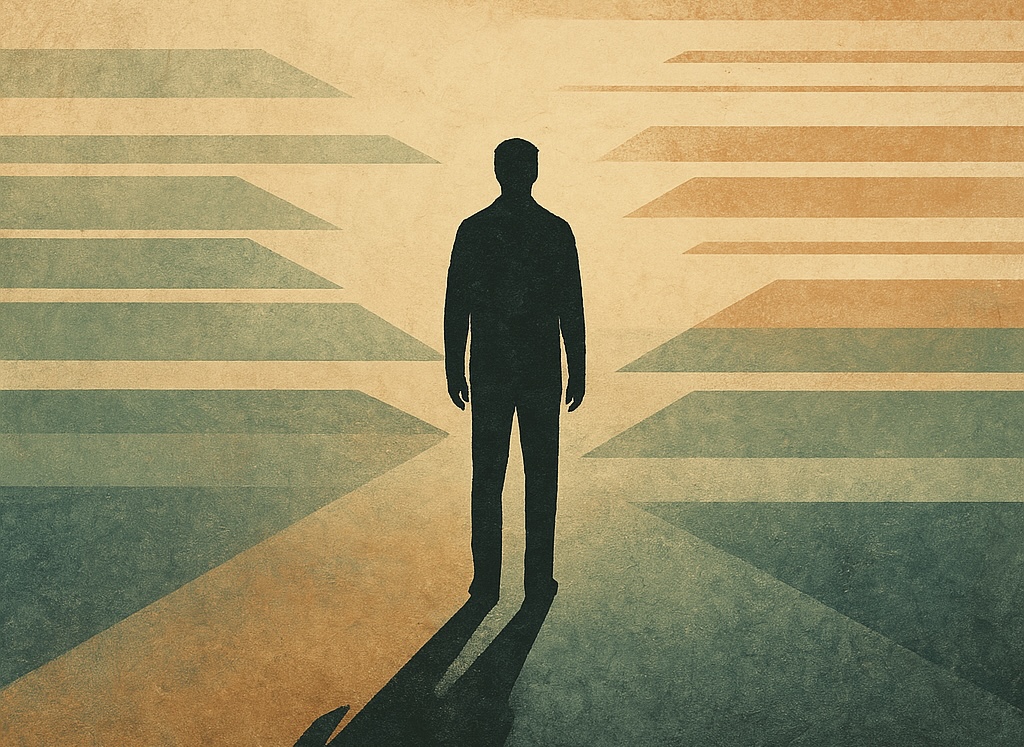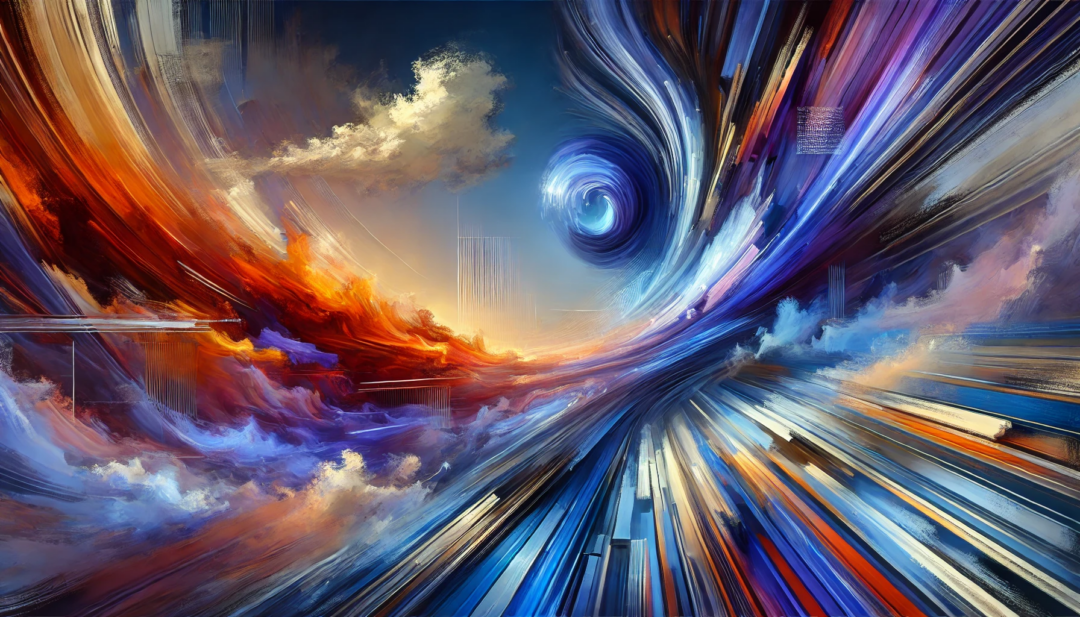For years, YouTube has been growing at an astonishing rate. When it started, there were only a few thousand videos, and each of those had a share of the small but growing human attention pool. As more videos were uploaded, more people started watching, and total human attention hours expanded.
But what happens when we hit the ceiling—when every person who will ever watch YouTube is already spending as much time as they are willing to? Meanwhile, AI-generated videos could push the number of available videos into the trillions or more.
Will each video get an equal share of attention, since they are so perfectly tailored to individuals? Or will humans still mostly watch the most popular content? How will attention actually be distributed in an era of infinite content?
Let’s dive into what the future of online video might look like.
1. The Attention Limit: When There’s No More Time to Give
Right now, human attention is a finite resource:
- YouTube can grow its audience up to the number of humans willing to watch videos.
- Each human only has so many hours per day to consume content.
- At some point, the total number of human attention hours available will plateau.
Meanwhile, the number of videos will never stop growing. AI can generate infinite, highly specific videos on any topic, catering to every micro-interest imaginable. This means an ever-growing pool of videos competing for the same, limited number of human eyeballs.
This raises a fundamental question: how will this attention be distributed?
2. The Two Competing Forces: Hyper-Personalization vs. Virality
When deciding what to watch, viewers are influenced by two opposing forces:
A. Hyper-Personalization: AI Spreads Views More Evenly
If AI optimizes video recommendations to match each person’s interests exactly, then views could become more evenly distributed across a much larger number of videos.
- AI-generated videos could be so precisely tailored that millions of different people each watch a unique set of videos.
- Instead of a few viral videos dominating, a much broader range of content might receive consistent views.
- This would create a fatter long tail—more videos getting some attention, even if no single video gets tens of millions of views.
In this scenario, each niche, AI-generated video might find its perfect audience, leading to a broader, more even distribution of attention.
B. Popularity Effects: Attention Still Concentrates on the Few
On the other hand, human psychology and recommendation algorithms tend to favor the most popular videos:
- People trust social proof—if a video has millions of views, it seems more valuable.
- Recommendation algorithms prioritize engagement, and videos that already perform well are more likely to be shown to more people.
- Certain highly viral trends (e.g., major cultural moments, celebrity videos) might still dominate viewership.
If these popularity effects persist, then even with infinite videos available, the majority of views will still concentrate on a small fraction of videos—leaving the vast majority unseen.
3. What Will the Attention Spread Actually Look Like?
There are a few possible models for how views might be distributed across all the available videos.
A. The Traditional Power Law (Pareto Distribution)
Right now, YouTube views follow a power law:
- A tiny fraction of videos get the majority of views.
- Most videos receive very few or no views at all.
If this pattern holds, then even as AI creates trillions of videos, the top 0.1% of videos will still get nearly all the views, while billions of others go unnoticed.
B. A More Evenly Distributed Curve
If hyper-personalization takes over, we could see a flatter curve where:
- A wider variety of videos get meaningful attention.
- The most popular videos still exist, but their dominance shrinks.
- AI-generated videos don’t replace viral hits but supplement them with niche recommendations.
C. A Bifurcated Distribution (Two Peaks)
Another possibility is a dual-peak system:
- One peak where a small number of viral videos get massive views.
- Another peak where billions of AI-generated videos each get a small, dedicated audience.
4. The Role of AI in Shaping This Future
AI recommendation systems decide what people watch. Whether attention remains highly concentrated or spreads out more evenly will depend on how these systems are optimized:
- If AI prioritizes hyper-personalization → More diverse view distribution across trillions of videos.
- If AI prioritizes engagement & virality → The most popular videos will continue dominating.
- If AI finds a balance → A dual-peak system could emerge, where both viral hits and niche videos thrive.
5. The Future of Video Platforms: Less Shared Culture, More Fragmentation?
- People stop watching the same content—everyone’s recommendations become hyper-personalized.
- YouTube (or future platforms) stop being a shared experience—no two people watch the same videos anymore.
- Mass media could become less powerful, replaced by a fractured, AI-generated media landscape.
6. The Big Questions: What Happens Next?
- Will AI make content discovery more equitable, or will it reinforce the dominance of viral videos?
- Will billions of AI-generated videos actually get views, or will they drown in an ocean of digital noise?
- Will YouTube and similar platforms become more personalized or remain mass-entertainment-driven?
Ultimately, the balance between AI-driven personalization and human social behavior will determine whether attention spreads more evenly or remains concentrated on a few viral hits.
Content creation is becoming infinite, but human attention is not—and that will change everything.
Discover more from Brin Wilson...
Subscribe to get the latest posts sent to your email.



